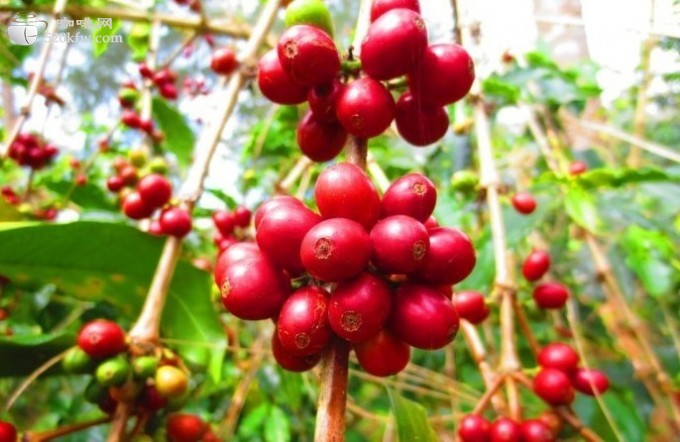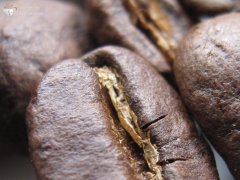Mexican coffee beans from the world's fine coffee production area

Coffee from the world's fourth largest coffee producer, slippery and fragrant, Mexico, the fourth largest coffee producer in the world, produces about 5 million bags of coffee a year. Most of its coffee is produced by nearly 100000 small farmers, and large estates that once manipulated the coffee industry are rare. The yield of Mexican coffee is about 630 kg per hectare. Later, the Mexican Coffee Association (Instituto Mexicano del Caf é, or Inmecafe) took control of the coffee industry. The Coffee Association controls both coffee cultivation and the market for coffee beans that can be exported since November. The association provides farmers with minimum purchase prices, technical advice and other assistance. However, since 1991, the Coffee Association's activities have been reduced and its functions are likely to be further weakened.
The collapse of the coffee agreement (Coffee Agreement) and the disappearance of price support have actually helped some producers by forcing them to develop their own brands and gain closer ties with foreign markets, while the NAFTA agreement between Canada, the United States and Mexico will further help Mexican products export to North America. Some people think that the best giant coffee beans are made in Mexico rather than Guatemala, but the supply and quality of coffee beans in both places can vary. The coffee beans, known as Maragogype, are large-grained and produce coffee that is smooth, mellow and fragrant. The poverty of farmers has caused most coffee to grow under natural conditions, that is, without the use of chemicals such as insecticides or fertilizers.
The best coffee producer in Mexico is Chiapas in the south of the country, where coffee varieties including Tapanchula and Huixtla are grown. The Oaxaca region also produces high-quality coffee beans, of which the Pluma Coixtepec coffee beans, which are grown in natural conditions, are the best. The Oaxaca region also produces Altura Orisaba (Altura Orizaba) coffee and Altura Vatusco (Altura Huatusco) coffee. The Altura Coata Paike (Altura Coatapec) region produces Veracruz (Veracruz) coffee.
Important Notice :
前街咖啡 FrontStreet Coffee has moved to new addredd:
FrontStreet Coffee Address: 315,Donghua East Road,GuangZhou
Tel:020 38364473
- Prev

Martinique, Origin of World Fine Coffee
Martinique is a small island and the birthplace of Central American coffee, but today it produces very little coffee. The first coffee trees in the Western Hemisphere were brought from France by Gabriel Mathieu de Clieu in the early 1720s. Deckley, an early naval officer in Martinique, brought home a coffee tree and planted it in Price
- Next

Nicaragua Coffee Bean, Origin of World Fine Coffee
Nicaragua coffee is one of the best in the world. It is mild and delicious, medium-sized and very aromatic. In many countries coffee production has been severely affected for political reasons. The coffee industry in Nicaragua is no exception. The revolution of 1979 forced coffee growers to flee to Miami. A period of uncertainty ensued, and the Government considered whether to re-divide
Related
- Beginners will see the "Coffee pull flower" guide!
- What is the difference between ice blog purified milk and ordinary milk coffee?
- Why is the Philippines the largest producer of crops in Liberia?
- For coffee extraction, should the fine powder be retained?
- How does extracted espresso fill pressed powder? How much strength does it take to press the powder?
- How to make jasmine cold extract coffee? Is the jasmine + latte good?
- Will this little toy really make the coffee taste better? How does Lily Drip affect coffee extraction?
- Will the action of slapping the filter cup also affect coffee extraction?
- What's the difference between powder-to-water ratio and powder-to-liquid ratio?
- What is the Ethiopian local species? What does it have to do with Heirloom native species?

